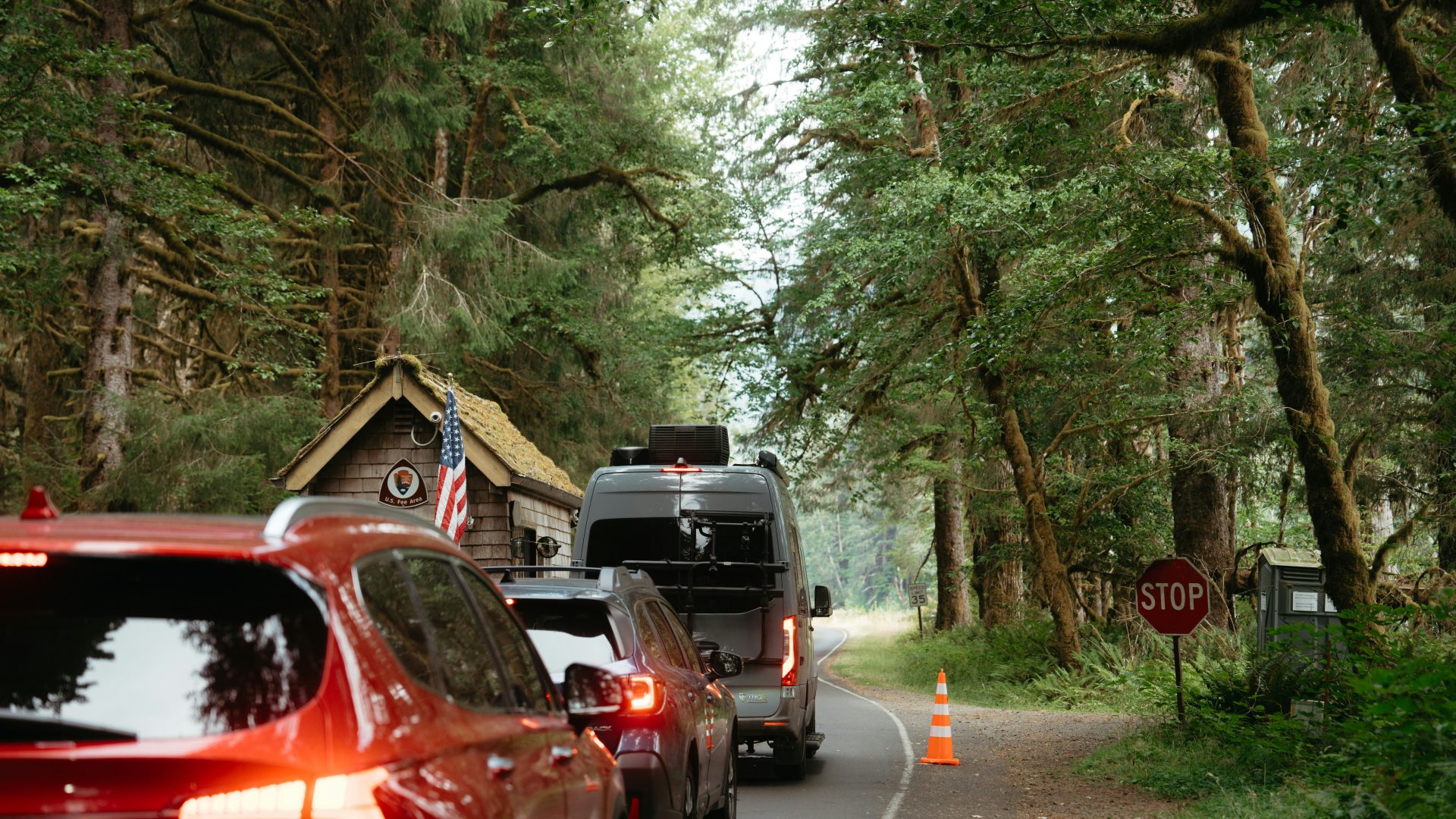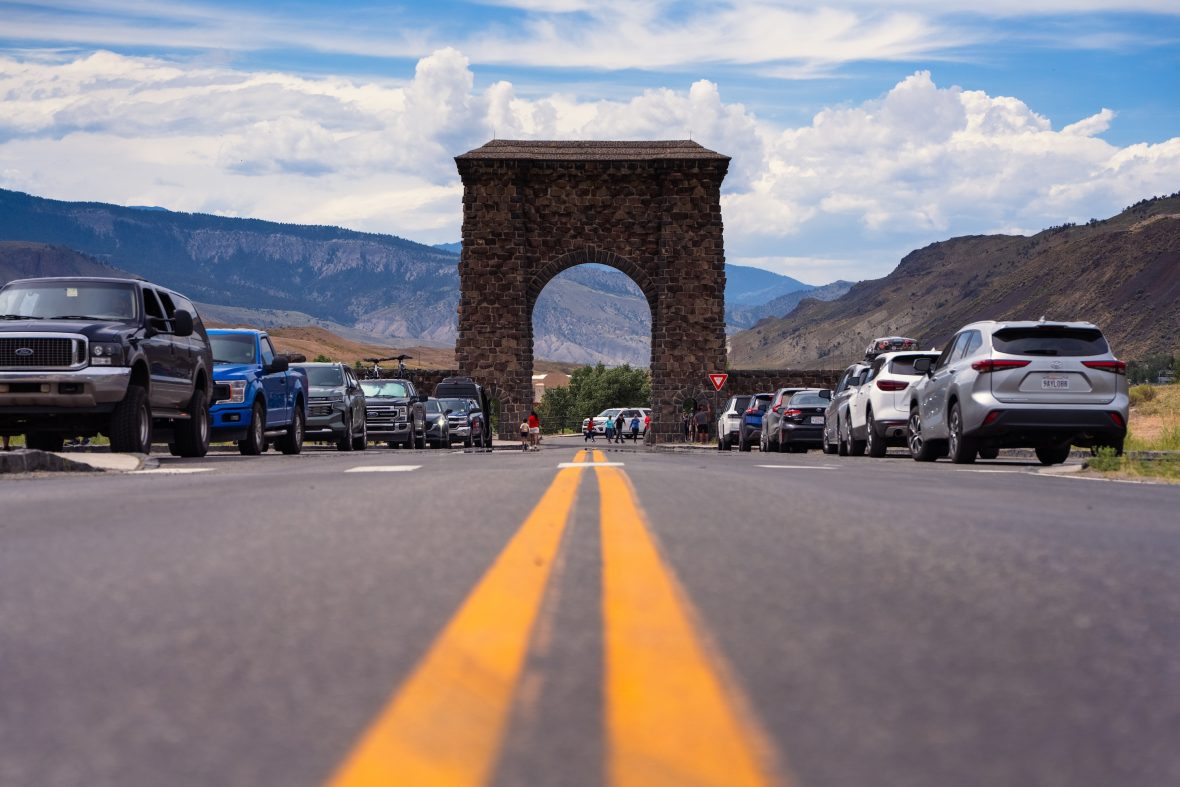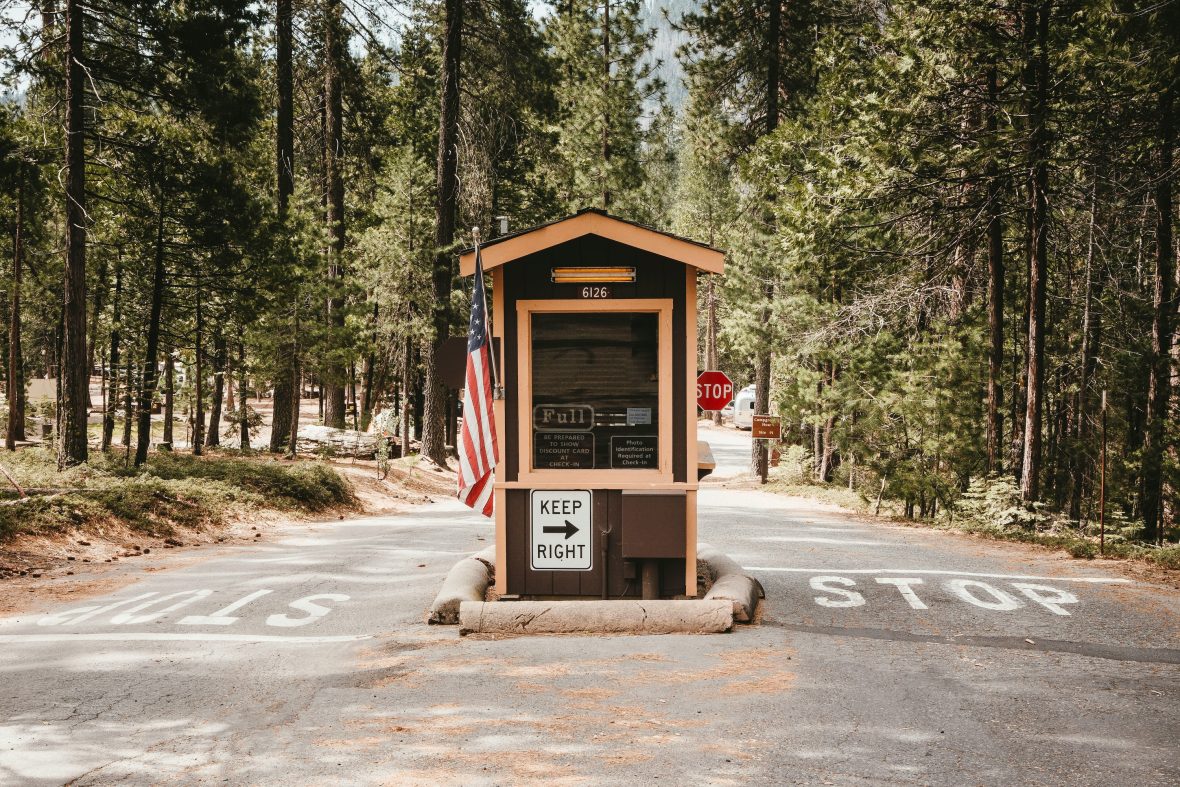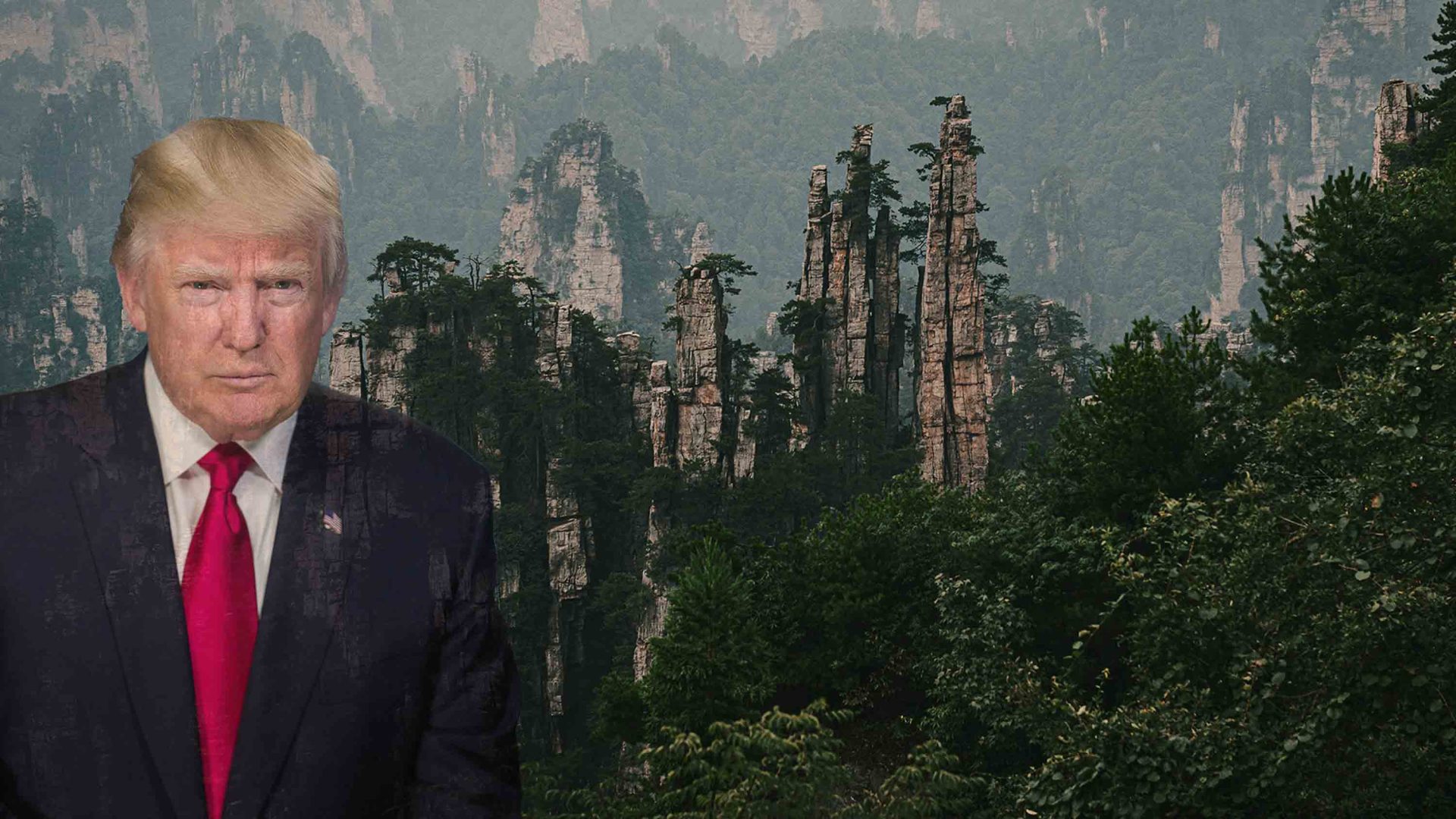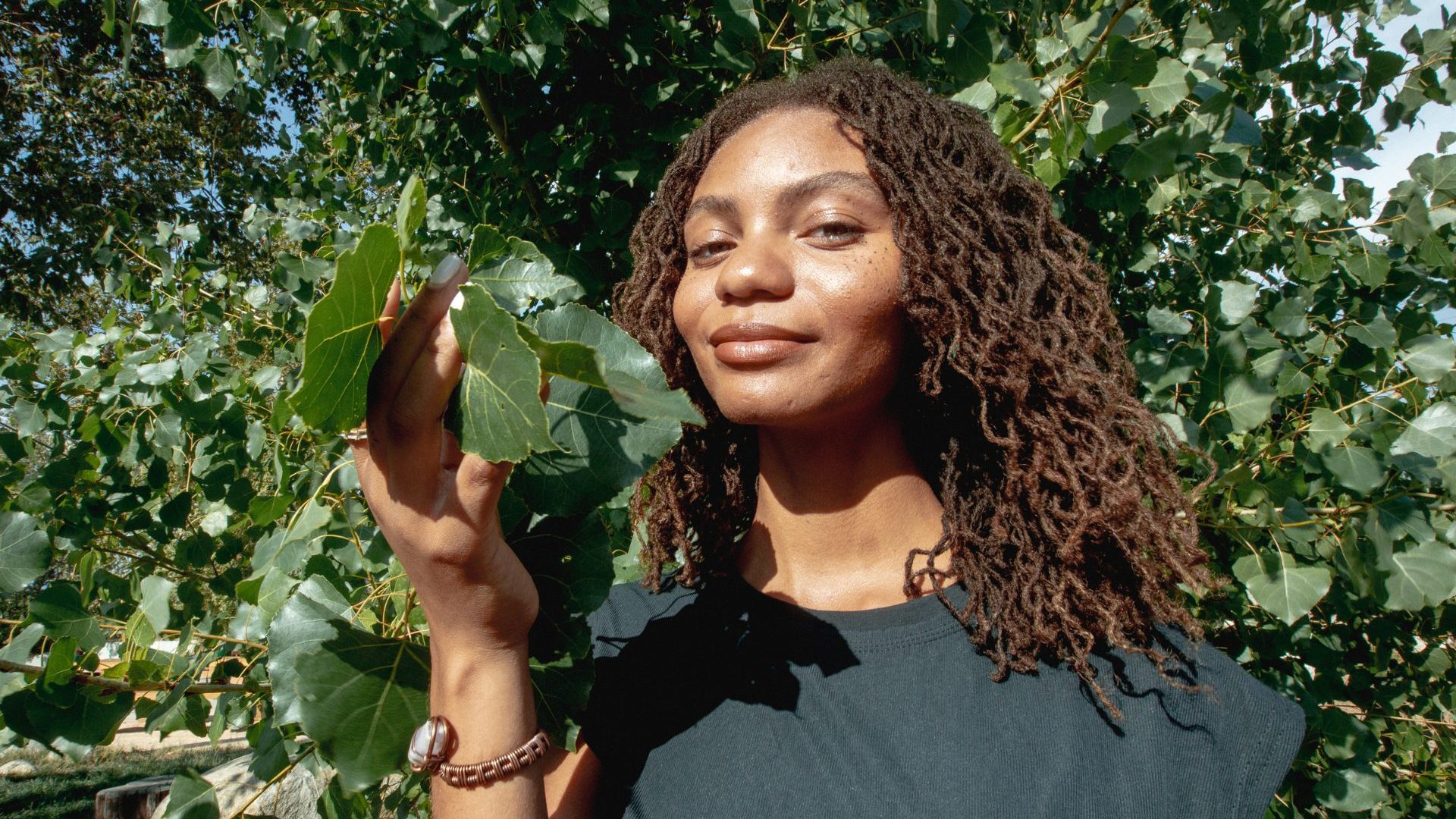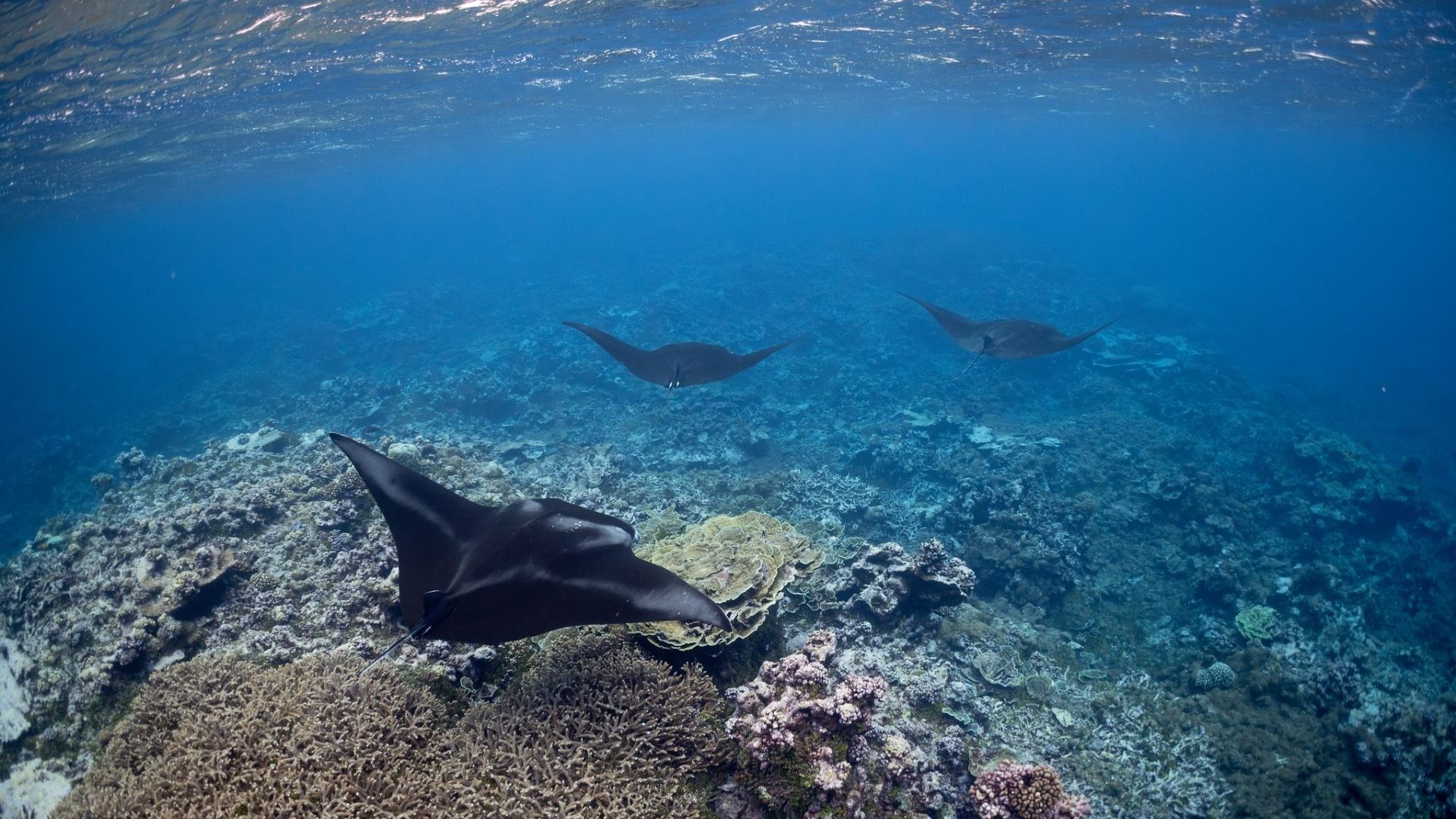In many parks, hospitality services aren’t actually run by federal employees. Instead, private companies are contracted to operate some, but not all, of the restaurants, cafes, hotels, and campgrounds. Whether or not they’ll continue operating during the shutdown will vary by park and company, so be sure to check beforehand if you have a reservation at a private lodge—or if you just want to know if you’ll be able to get a fresh cup of coffee anywhere in the park. Xanterra, the company that operates concessions in Yellowstone, has announced that they’ll be keeping all accessible locations open during the shutdown, for example.
Now, the big question: Should you still visit national parks during the shutdown? To be totally honest: No, you probably shouldn’t. Conservation groups and former park superintendents are pretty much unanimously encouraging people not to visit during the shutdown and add further strain to things like garbage collection and bathroom upkeep. Reduced emergency services also means that there are fewer people on hand to help if you have an accident.
If you do choose to go to a national park during the shutdown, keep in mind that the risks of potential accidents are heightened with fewer emergency response staff on the job. And come prepared to leave no trace, in the front country as well as the backcountry—you should always clean up after yourself, but packing out your trash and waste (that’s right, bring WAG bags) will reduce the burden that your visit has on the park and staff.
Before the shutdown officially began, more than 40 park superintendents sent a letter to Secretary of the Interior Doug Burgum urging him to close the parks until Congress reopens the government. “National parks don’t run themselves. It is hardworking National Park Service employees that keep them safe, clean and accessible. If sufficient staff aren’t there, visitors shouldn’t be either.”
